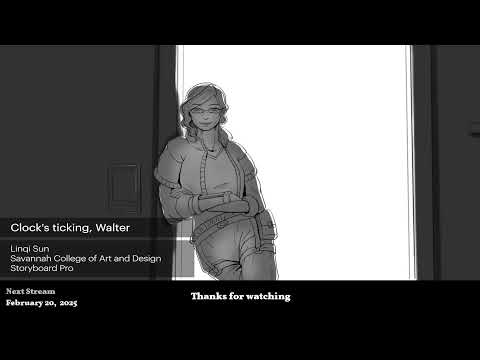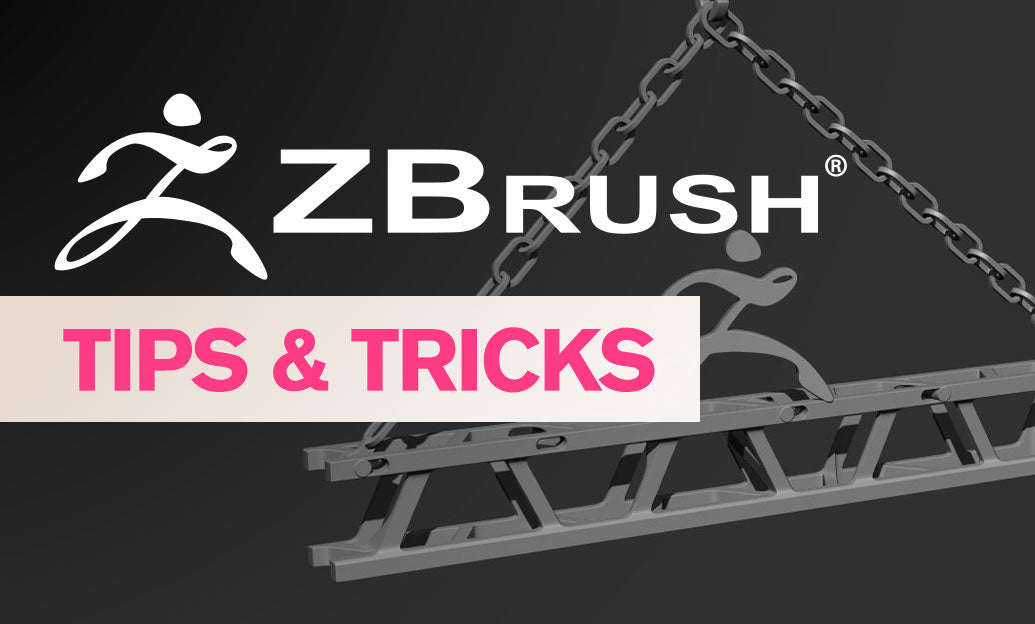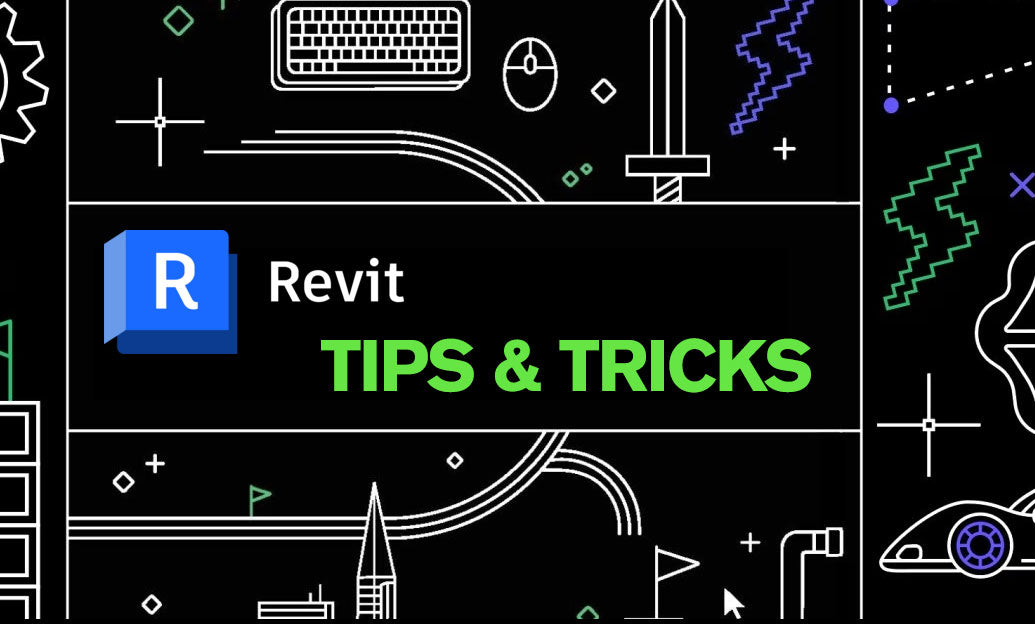Your Cart is Empty
Customer Testimonials
-
"Great customer service. The folks at Novedge were super helpful in navigating a somewhat complicated order including software upgrades and serial numbers in various stages of inactivity. They were friendly and helpful throughout the process.."
Ruben Ruckmark
"Quick & very helpful. We have been using Novedge for years and are very happy with their quick service when we need to make a purchase and excellent support resolving any issues."
Will Woodson
"Scott is the best. He reminds me about subscriptions dates, guides me in the correct direction for updates. He always responds promptly to me. He is literally the reason I continue to work with Novedge and will do so in the future."
Edward Mchugh
"Calvin Lok is “the man”. After my purchase of Sketchup 2021, he called me and provided step-by-step instructions to ease me through difficulties I was having with the setup of my new software."
Mike Borzage
V-Ray Tip: Mastering V-Ray Material Properties for Realistic Rendering
February 09, 2025 2 min read

Understanding V-Ray's material properties is essential for creating highly realistic renders. By mastering these properties, you can fine-tune how surfaces interact with light, ensuring your scenes achieve the desired level of realism and detail.
- Diffuse: This property defines the base color of the material. It’s crucial for establishing the primary appearance of your object. Adjust the diffuse color to match the real-world material you’re trying to replicate.
- Reflectivity: Controls how much light is reflected off the surface. Higher reflectivity values create more mirror-like surfaces, while lower values result in matte finishes. Use this to simulate materials like metals or plastics.
- Glossiness: Determines the sharpness of reflections. A high glossiness value results in sharp, clear reflections, ideal for glossy surfaces like glass or polished metal. Lower glossiness softens the reflections, suitable for rougher surfaces.
- Transparency: Governs the extent to which light can pass through the material. Adjusting transparency is key for materials like glass, water, or translucent plastics. Combining transparency with refraction can simulate realistic glass effects.
- Refraction: Controls the bending of light as it passes through transparent materials. Accurate refraction settings are vital for achieving realistic glass, water, and other transparent materials.
- Bump and Normal Maps: These maps add surface detail without increasing geometry complexity. Bump maps create the illusion of depth and texture, while normal maps provide more detailed surface orientation information, enhancing realism.
- Subsurface Scattering (SSS): Simulates the way light penetrates and scatters within translucent materials like skin, wax, or marble. Proper SSS settings can add a lifelike quality to organic materials.
- Emission: Makes the material emit light, useful for creating objects like screens, lamps, or any light source within your scene. Emission can enhance the realism by adding actual light to the environment.
- Displacement: Alters the geometry of the surface based on a displacement map, adding significant detail and complexity. This is particularly useful for creating intricate textures such as bricks, rocks, or fabric.
To effectively utilize these material properties, consider the following tips:
- Start with Real-World References: Analyze real materials to understand how their properties behave under different lighting conditions. This will guide your adjustments in V-Ray.
- Layer Materials: Combine multiple materials using V-Ray’s layering system to achieve complex surfaces. For example, adding a clear coat layer on top of a colored base can simulate automotive paint.
- Use V-Ray’s Material Editor: Leverage the powerful features of the V-Ray Material Editor to fine-tune each property. Utilize the preview window to see real-time updates as you adjust settings.
- Optimize for Performance: While high-detail materials enhance realism, they can also increase render times. Balance quality and performance by optimizing texture maps and using appropriate material settings.
- Experiment with Advanced Properties: Explore properties like anisotropy for materials like brushed metal, or the Fresnel effect to enhance reflective surfaces based on viewing angle.
For more in-depth tutorials and professional guidance on mastering V-Ray's material properties, visit NOVEDGE. Their comprehensive resources and expert insights can help you elevate your rendering skills to the next level.
```You can find all the V-Ray products on the NOVEDGE web site at this page.
Also in Design News

2D/3D Animation:Collaboratory with Mike Morris and Aaron Paetz
February 20, 2025 1 min read
Read More
ZBrush Tip: Enhancing Organic Sculpting Techniques in ZBrush: Key Tips and Resources
February 20, 2025 2 min read
Read More
Revit Tip: Mastering Revit's Edit Profile Tool for Customized Design Efficiency
February 20, 2025 2 min read
Read MoreSubscribe
Sign up to get the latest on sales, new releases and more …


